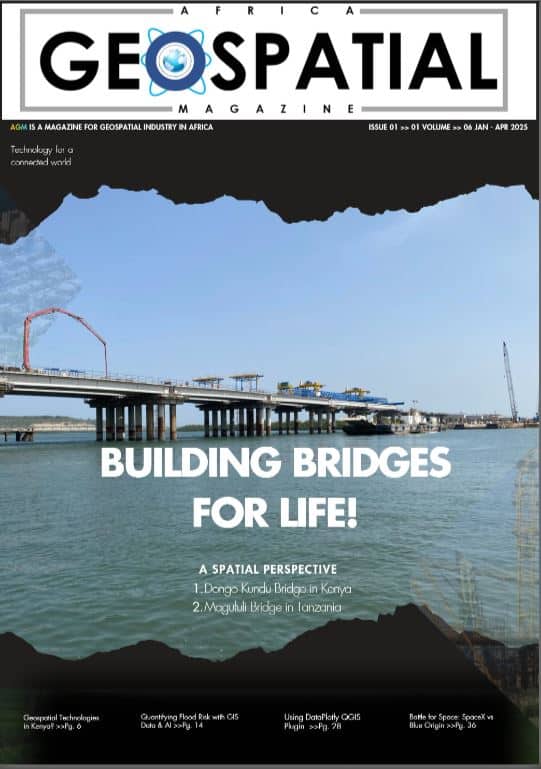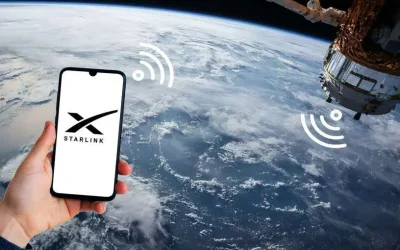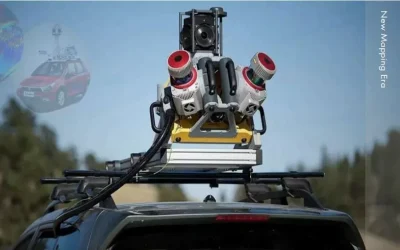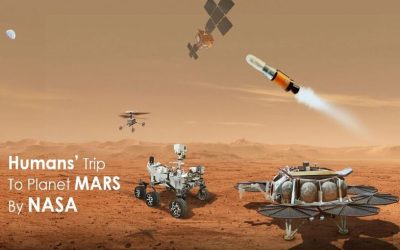NASA Tests Ultralight Antennas to Benefit Future Airspace
NASA Ultra-lightweight Aerogel Antenna
NASA engineers are using one of the world’s lightest solid materials to construct an antenna that could be embedded into the skin of an aircraft, creating a more aerodynamic and reliable communication solution for drones and other future air transportation options.
Developed by NASA, this ultra-lightweight aerogel antenna is designed to enable satellite communications where power and space are limited. The aerogel is made up of flexible, high-performance plastics known as polymers. The design features high air content (95%) and offers a combination of light weight and strength. Researchers can adjust its properties to achieve either the flexibility of plastic wrap or the rigidity of plexiglass.
“By removing the liquid portion of a gel, you’re left with this incredibly porous structure,” said Stephanie Vivod, a chemical engineer at NASA’s Glenn Research Center in Cleveland. “If you’ve ever made Jell-O, you’ve performed chemistry that’s similar to the first step of making an aerogel.”

NASA sandwiched a layer of aerogel between a small circuit board and an array of thin, circular copper cells, then topped the design off with a type of film known for its electrical insulation properties. This innovation is known at NASA and in the aviation community as an active phased array aerogel antenna.
“By removing the liquid portion of a gel, you’re left with this incredibly porous structure,” said Stephanie Vivod, a chemical engineer at NASA’s Glenn Research Center in Cleveland. “If you’ve ever made Jell-O, you’ve performed chemistry that’s similar to the first step of making an aerogel.”
Real-world Applications
The satellite testing was crucial for analyzing the aerogel antenna concept’s potential real-world applications. When modern aircraft communicate with stations on the ground, those signals are often transmitted through satellite relays, which can come with delays and loss of communication.
This NASA-developed technology will make sure these satellite links are not disrupted during flight as the aerogel antenna’s beam is a concentrated flow of radio waves that can be electronically steered with precision to maintain the connection.
As new types of air transportation options are brought to the market and U.S airspace – from the small, piloted aircraft of today to the autonomous air taxis and delivery drones of tomorrow – these kinds of steady connections will become increasingly important.
That’s why NASA’s Advanced Air Mobility mission and Transformative Aeronautics Concepts program are supporting research like the aerogel antennas that can boost industry efforts to safely expand the emerging marketplace for these transportation systems.
“If an autonomous air taxi or drone flight loses its communications link, we have a very unsafe situation,” Schoenholz said. “We can’t afford a ‘dropped call’ up there because that connection is critical to the safety of the flight.”
Schoenholz, Vivod, and others work on NASA’s Antenna Deployment and Optimization Technologies activity within the Transformational Tools and Technologies project. The activity aims to develop technologies that reduce the risk of radio frequency interference from air taxis, drones, commercial passenger jets, and other aircraft in increasingly crowded airspace.

[/vc_column_text][/vc_column][/vc_row]













